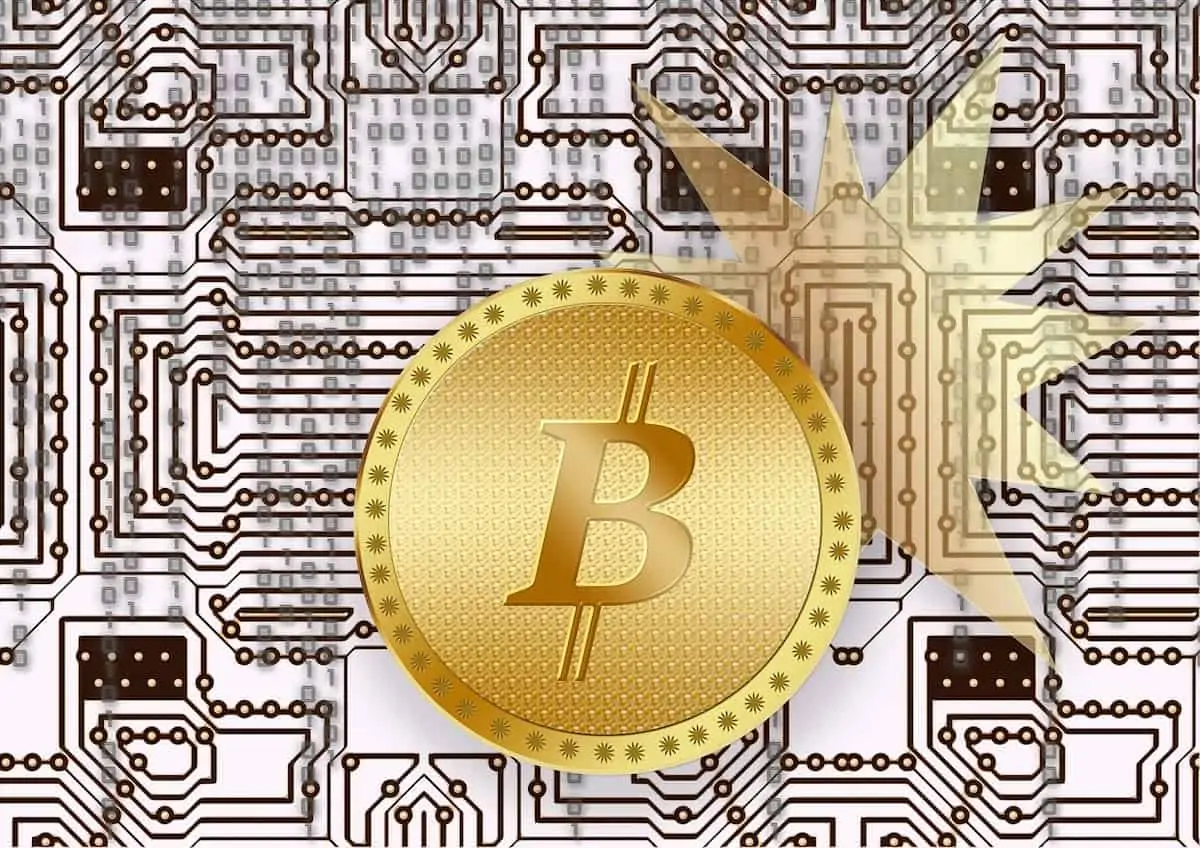Fortunately, describing what Bitcoin is, and how Bitcoin works, is simple. It’s just about the apps. Stock photographs of gleaming coins emblazoned with tweaked Thai baht icons should not be trusted.
Bitcoin is a protocol and a collection of entirely digital processes. Hundreds of imitators have followed in Bitcoin’s footsteps and culture. Still, the blockchain remains the biggest in terms of market capitalization, a position it has kept over the past decade.” BTC” is another abbreviation for Bitcoin. We’ll switch between these usages in this article.
If you are new in the bitcoin business and you don’t know about bitcoin life, visit and invest with Yuan Pay Group. Now let’s discuss how bitcoin works.
Blockchain Ledger Technology
The cryptocurrency and Bitcoin were only defined in a paper published in 2008 by an individual or group of people going by Satoshi Nakamoto. After a while, the two words were almost interchangeable. Since then, the blockchain has developed into its definition, with hundreds of blockchains generated utilizing similar asymmetric cryptography.
The terminology may become perplexing as a result of this history. It may also apply to share news as a whole or to a particular blockchain, including the one that runs Ethereum.
The foundations of blockchain technology are luckily clear. Each blockchain is made up of a single sequence of chronologically ordered discrete blocks of data. Emails, contracts, land deeds, marriage licenses, and bond trades are all examples of knowledge that can be interpreted as a string of 1s and 0s in theory.
In principle, a blockchain may be used to create some form of contractual agreement as long as all parties consent to it. This eliminates the requirement for a third party to participate in every deal. This opens up a whole new universe of possibilities, such as peer-to-peer financial goods like lending or decentralized savings and deposit accounts, where banking or some other broker is insignificant.
Post-Trust
Bitcoin is incredibly challenging to tamper with, despite being entirely free, or perhaps because of it. Since a bitcoin has no tangible form, it cannot be safeguarded by sealing it safely or hiding it in the forests. In principle, a robber will need to add a line to the ledger that reads “you charged me all you have” to steal it from you.
Investing Twice
Doubling up on sales is a problem. If a malicious individual may invest in bitcoin and then gamble it, confidence in the currency’s value can easily erode. To do a quintuple, the bad guy will need to control 51 per cent of Bitcoin’s mining resources. The more the Bitcoin network expands, the less possible this becomes because the computational resources available will be immense and prohibitively costly.
You’ll need the confidence to avoid either from occurring. Transacting through a central, impartial justice, such as a government, will be the standard option in this situation for conventional currency. However, Bitcoin has made this obsolete. (It’s certainly no mistake that Satoshi’s initial explanation was written in October 2008, at a time when bank confidence was at an all-time low.)
In today’s coronavirus environment and rising government debt, this is a recurrent theme.) The bitcoin network is decentralized instead of letting a single body maintain the database and oversee the network. All hold an excellent watch on each other.
For the mechanism to perform correctly, no one has to meet or believe someone in particular. The security mechanisms guarantee that each block of interactions is hammered onto the last in a large, clear, and irreversible sequence, ensuring all functions as they should.
Double Spending
Mining is the method of holding this trust less shared blockchain up to date. A network of miners, which record certain transactions on the blockchain, underpins the network of Bitcoin individuals who share the cryptocurrency between themselves.
A modern machine may quickly record a sequence of purchases, but mining is complicated because Bitcoin’s architecture allows the operation artificially moment. People may spoof purchases even without added complexity, enriching themselves or bankrupting others.
They might register money laundering in the blockchain and then pile too many meaningless payments on board of it that deciphering the fraud became difficult.
Mining
Miners are paid with Bitcoin for checking to validate transactions, as mentioned earlier. Every 210,000 samples drilled, or about every four years, the payout is split in half. The halving, or “halving,” is the name given to this occurrence. The scheme is designed to be deflationary, with the pace at which new Bitcoin is published into production being set at a low level.
This system is set up such that Cryptocurrency mining incentives may be available till around 2140. Miners would be incentivized by payments to be charged network operators until all Bitcoin has been extracted from the software and all halving’s have been done. Fees are expected to remain low as a result of fair rivalry.

